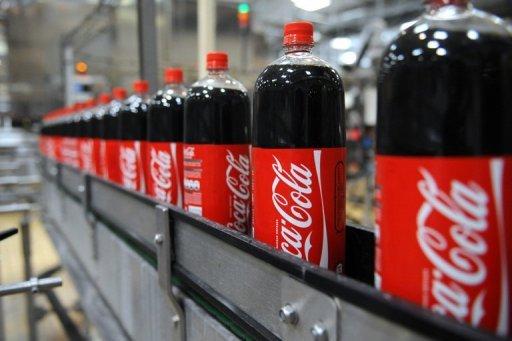Coca Cola is able to reduce the supplier's power significantly because most of the raw materials needed to produce concentrate are basic commodities like color, flavor, caffeine or additives, sugar, packaging. Essentially these are basic commodities. The producers of these products have no power over the pricing; thus, the suppliers in this industry are weak.Coca Cola is also able to control their bottling network because it has franchisee agreements with their existing bottler’s who have rights in a certain geographic area in perpetuity. These agreements prohibit bottler’s from taking on new competing brands for similar products. Therefore, Coca Cola bottling cost isn't excessive since it's been working with their bottlers for years which have built loyalty between the two industries.
When it comes to buyers, Coca Cola focuses on food stores, fast food fountain, vending machines, convenience stores and others in the order of market share. The profitability in each of these segments clearly illustrate the buyer power and how different buyers pay different prices based on their power to negotiate. For example, in a food store, customer have a lot of different choice; therefore, Coca Cola's profit is not as great as it is in a vending machine or a convenience stores in which the customer's are extremely limited.
How do they create switching costs and entry barriers?
Coca Cola has set up a bunch of barrier entries to new competitors. One of them is the advertising spend. In 2000, Coca Cola spent around $ 2.6 billion only on advertising and marketing. This makes it extremely difficult for a new entrant to compete with Coca Cola and gain any visibility.
Another barrier is the brand image and loyalty. Coca Cola has a long history of heavy advertising and this has earned it huge amount of brand equity and loyal customer’s all over the world. This makes it impossible for a new entrant to match this scale in this market place.
Lastly, the retailer shelf space is another obstacle new comers have to deal with. Retailers enjoy significant margins of 20% on these soft drinks for the shelf space they offer. These margins are quite significant for their bottom-line. This makes it tough for the new entrants to convince retailers to carry/substitute their new products for Coca Cola.
http://www.thecoca-colacompany.com/careers/our_vision.html
http://www.scribd.com/doc/10552013/Coca-Cola-Marketing-Strategies


No comments:
Post a Comment